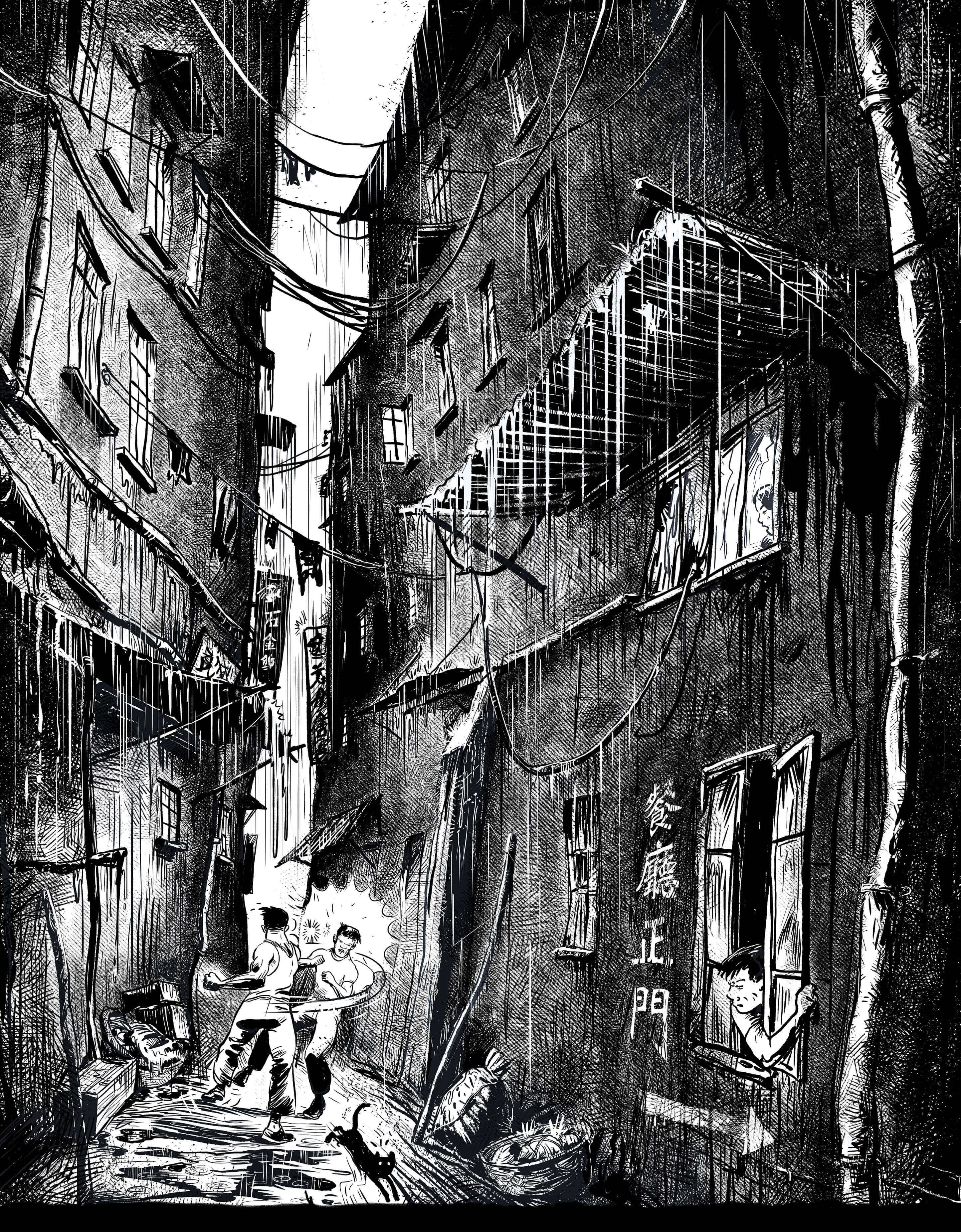

How Bruce Lee and street fighting in Hong Kong helped create MMA
Most people credit the US with inventing mixed martial arts (MMA) but combat sports have long been an intrinsic part of Hong Kong’s culture. As a teenager, Bruce Lee was one of the first to combine different martial arts disciplines in the city’s street fights, decades before the formation of the Ultimate Fighting Championship (UFC) in America
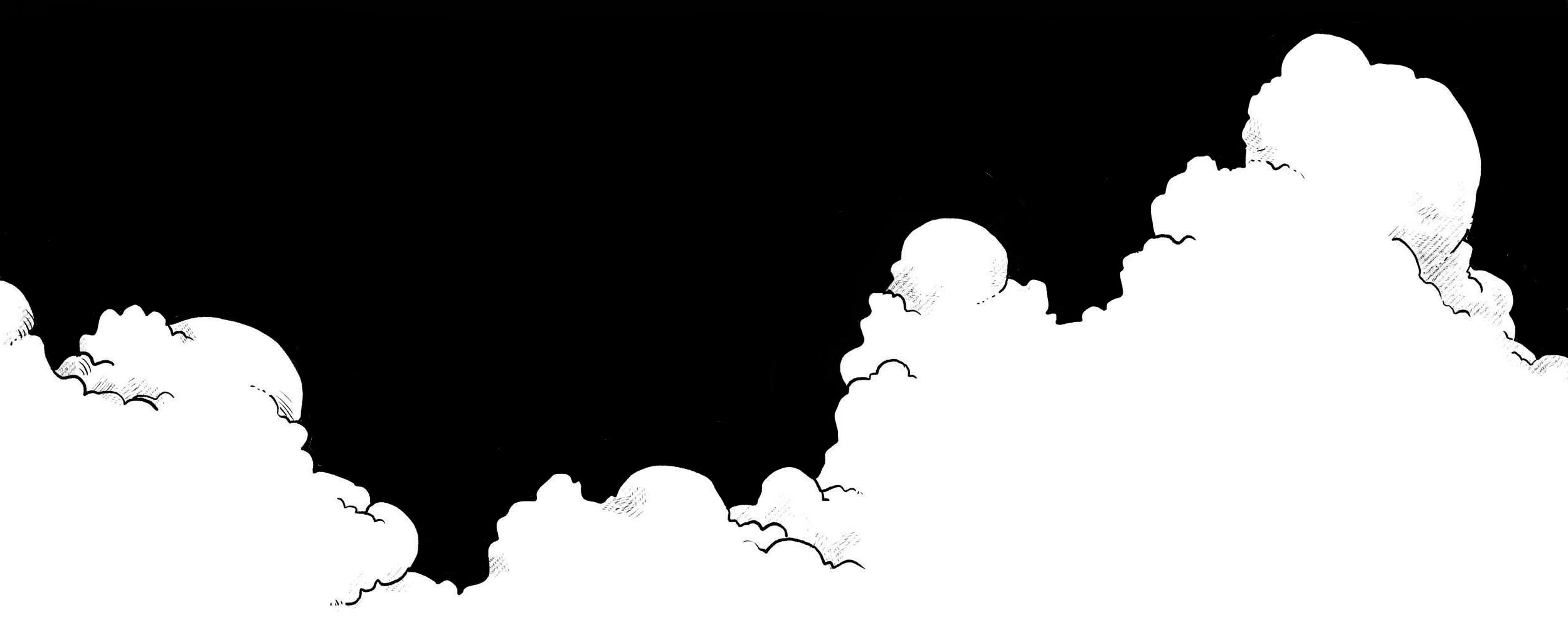


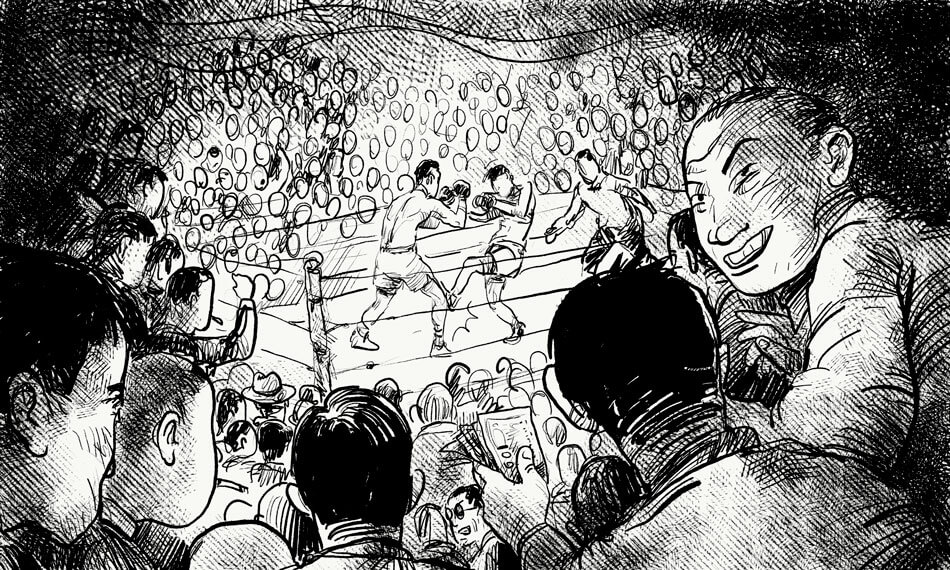
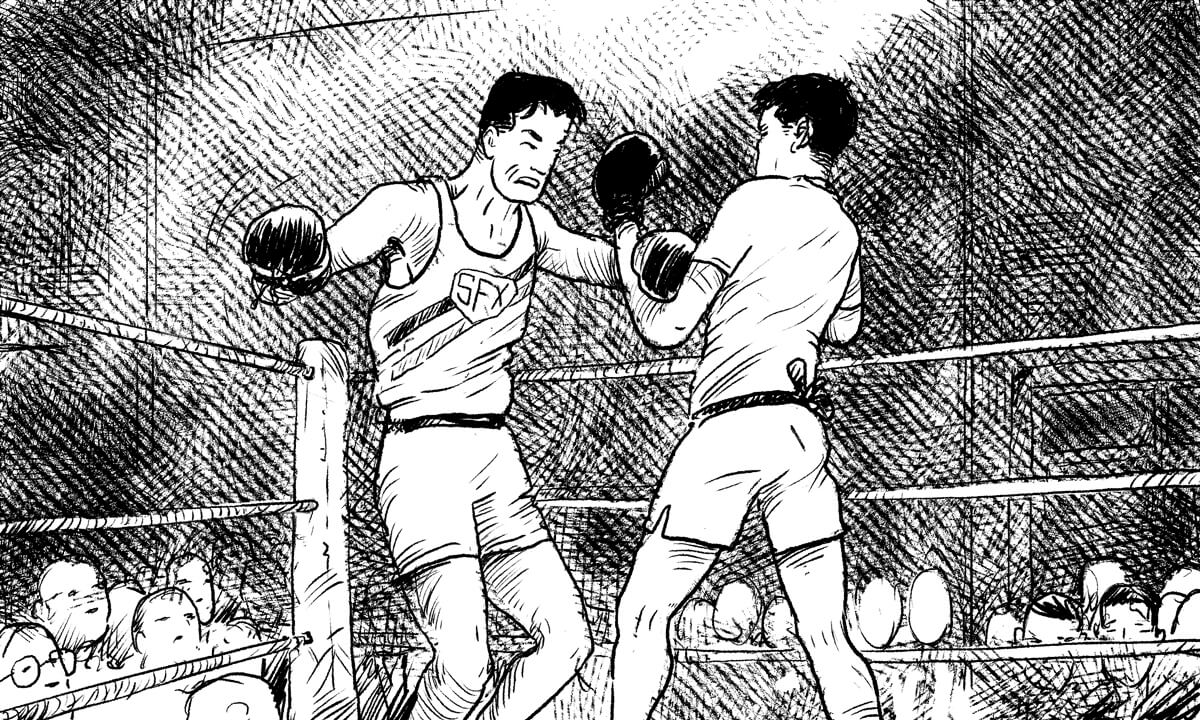
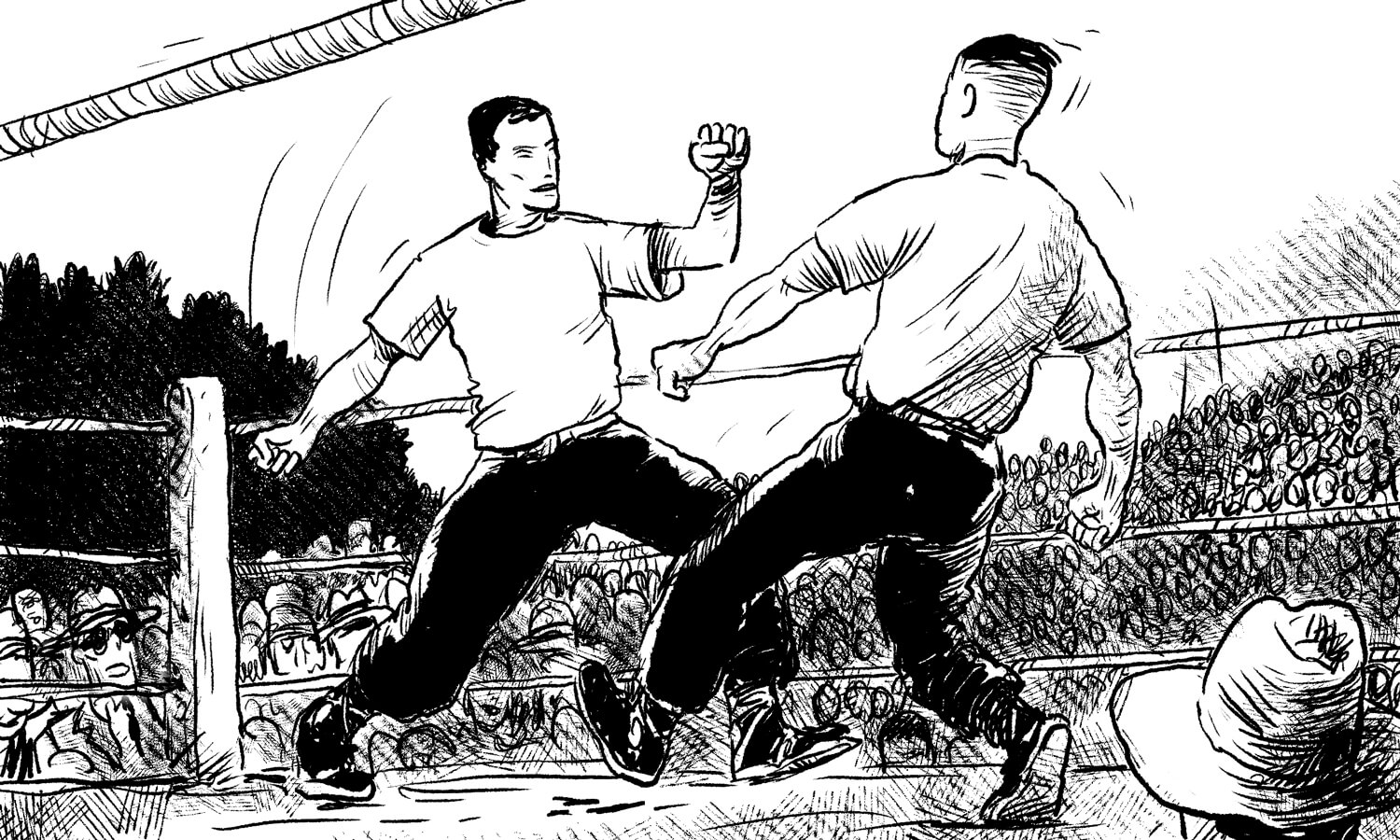
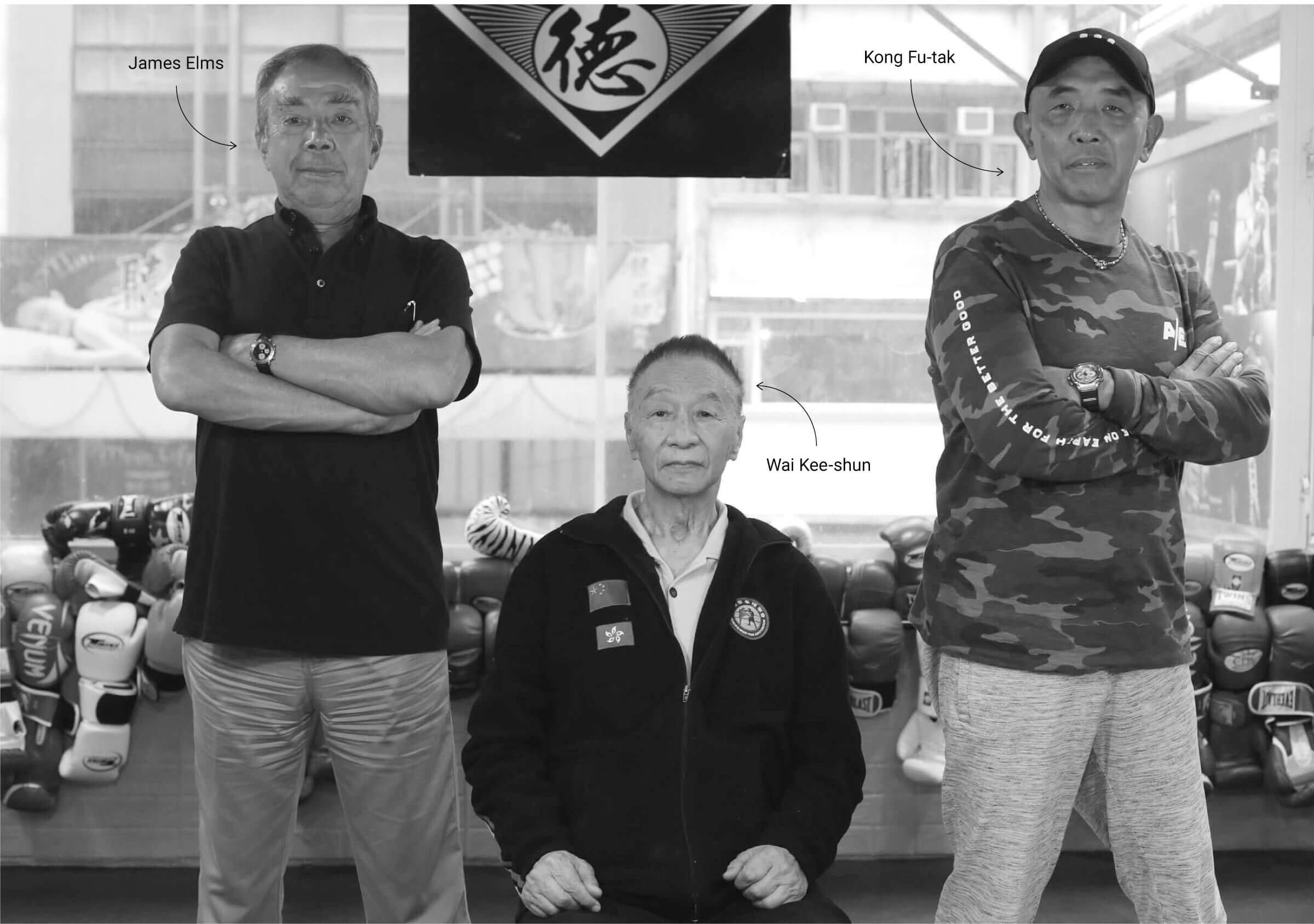
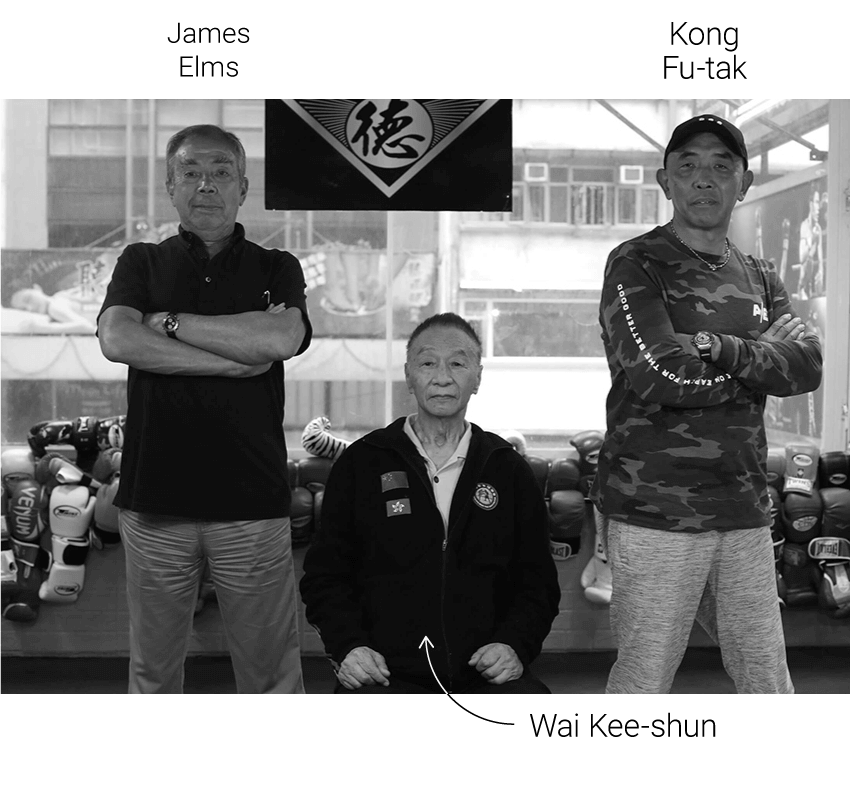

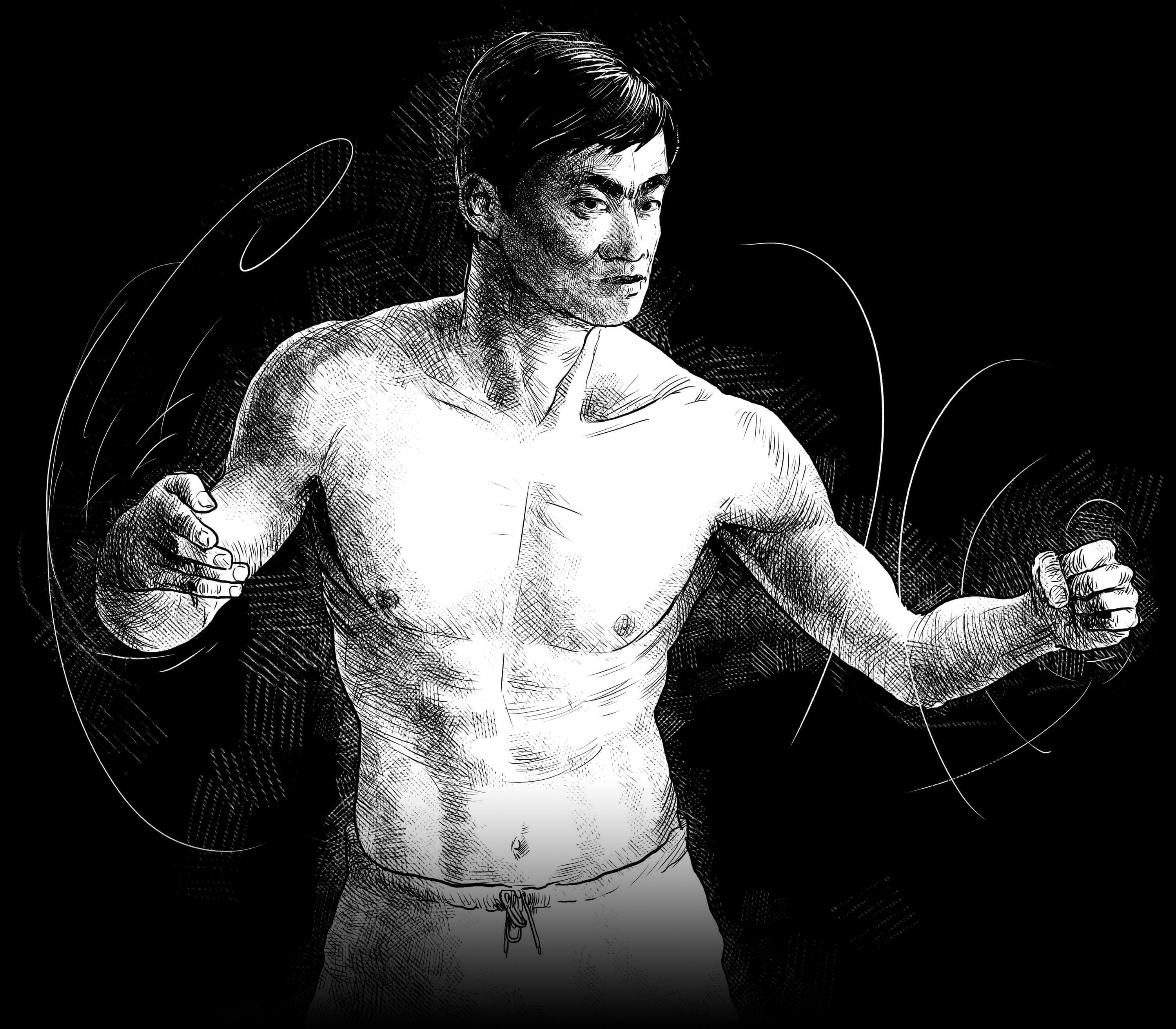
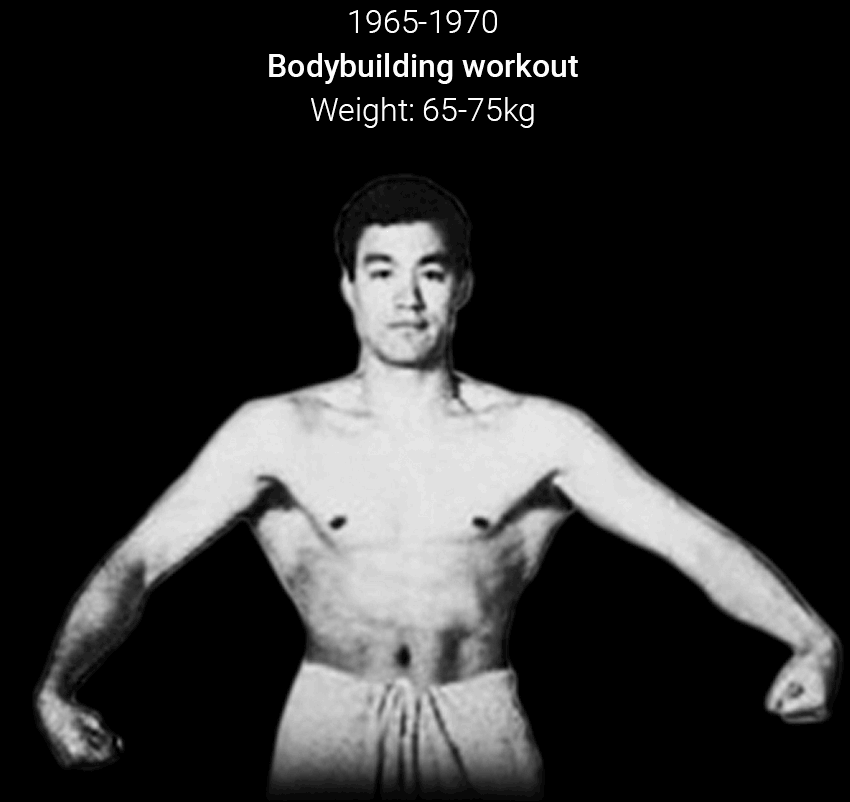


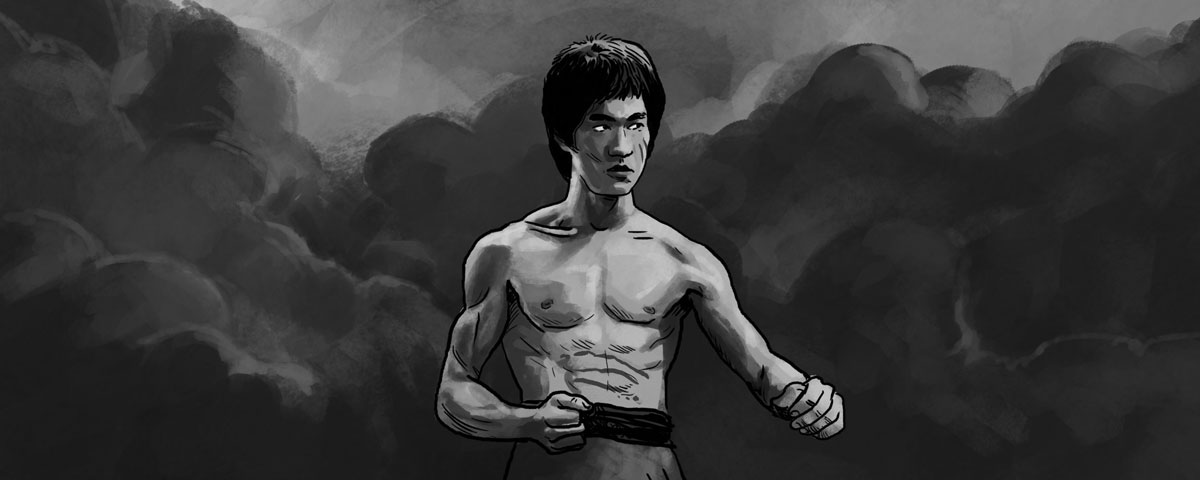 Remembering Bruce Lee, the Little Dragon who became a legend
Remembering Bruce Lee, the Little Dragon who became a legend